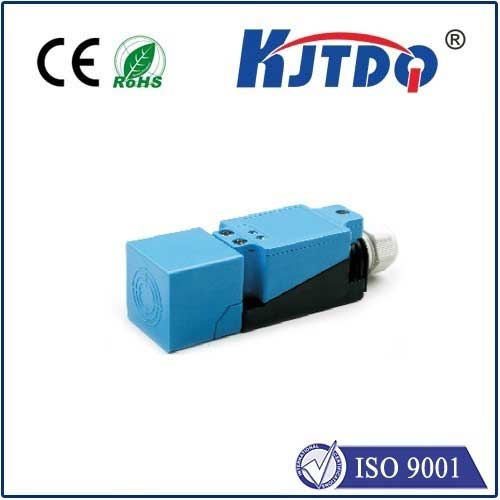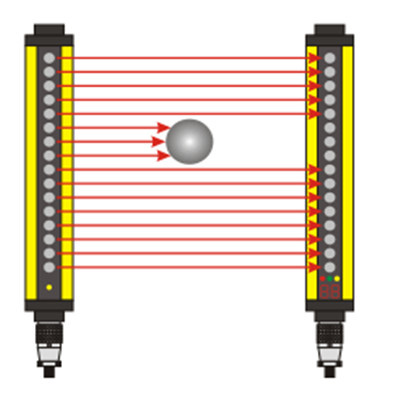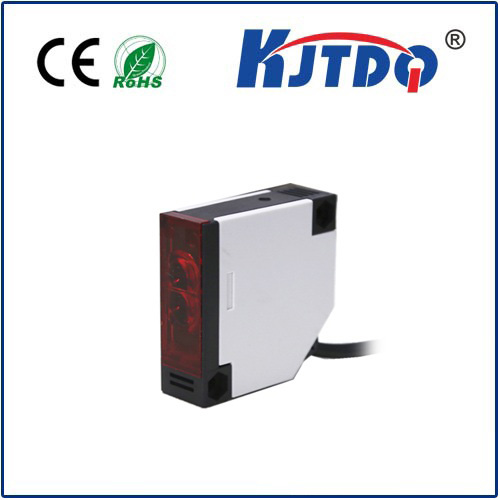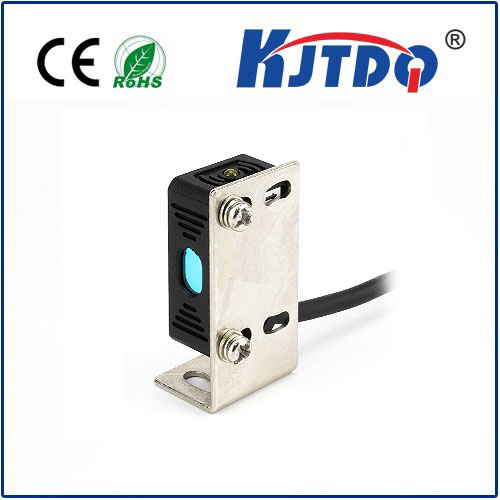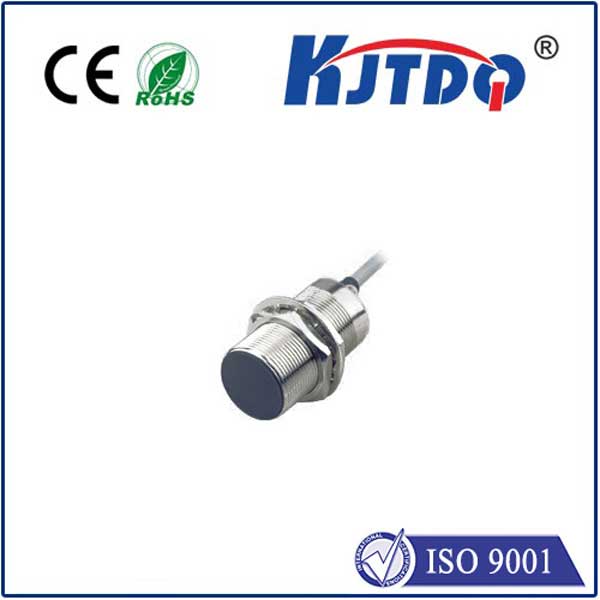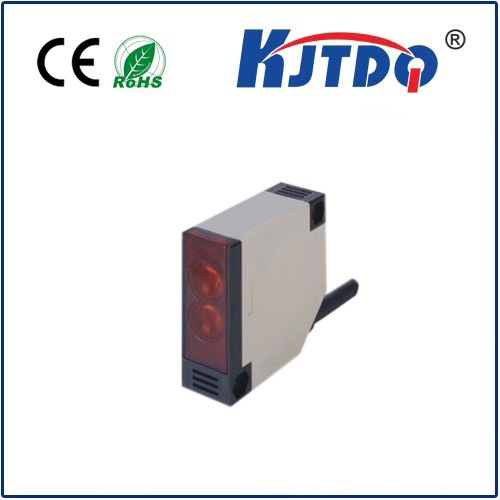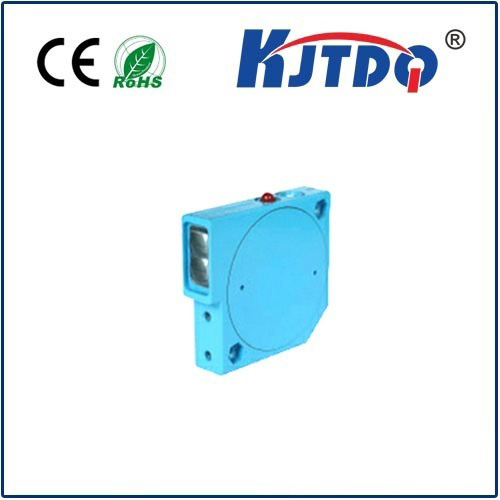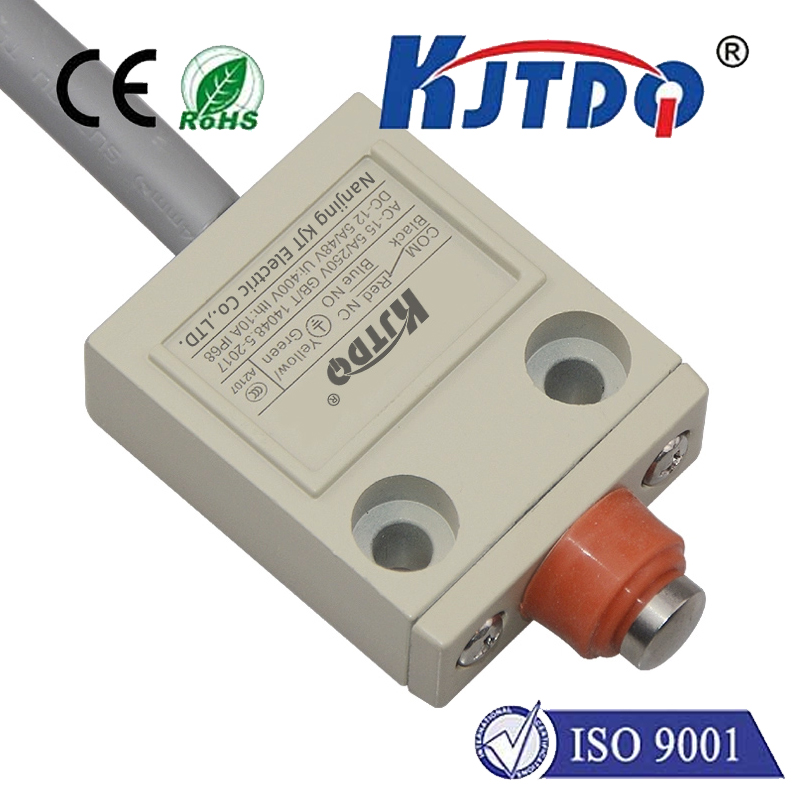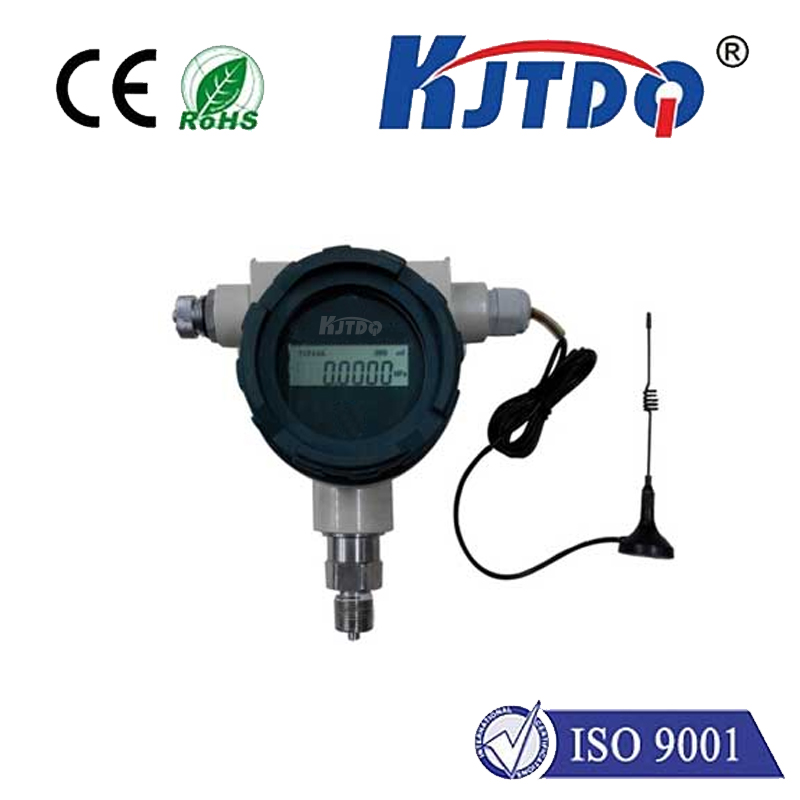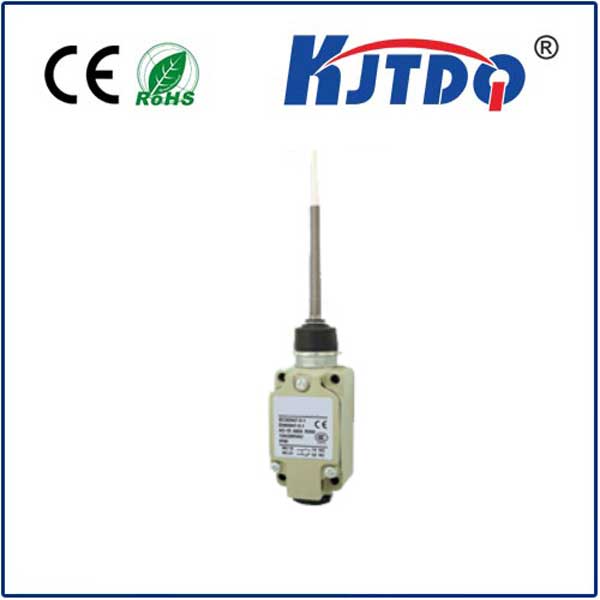
check

check

check

check
Title: Understanding Limit Switch Sticks in Automation Systems
Introduction to Limit Switch Sticks in Automation Systems
In automated systems such as robots, conveyor belts, and industrial machinery, limit switches play a crucial role in ensuring safety and maintaining optimal performance. These electronic devices are designed to detect the presence or absence of an object, allowing the system to stop or adjust its actions accordingly. One type of limit switch that is widely used in automation systems is the stick switch. This article aims to provide an in-depth understanding of limit switch sticks, their functions, installation, and maintenance requirements.
Understanding the Functions of Limit Switch Sticks
A limit switch stick is a simple yet effective device that consists of a lever or a button connected to a magnetic reed or other sensor. When the lever or button is pressed against the sensor, it creates a magnetic field that attracts or repels a magnet inside the system's control panel. This interaction triggers an electrical signal that communicates the presence or absence of an object to the control panel, enabling the system to respond accordingly.
The primary function of a limit switch stick is to detect the presence or absence of an object and alert the system operator or control panel. This allows operators to quickly identify potential issues and take corrective action before equipment failure occurs. In addition, limit switch sticks can be used to control various aspects of the自动化 system, such as speed, direction, and motion profiles.
Installation and Maintenance of Limit Switch Sticks
Installing limit switch sticks requires careful consideration of several factors, including the type of sensor, the position, and the orientation of the lever or button relative to the sensor. It is essential to ensure that the sensor is positioned correctly to avoid false activations caused by external interference. Additionally, limit switch sticks must be wired securely to prevent accidental damage or unauthorized access.
Maintenance of limit switch sticks is critical for ensuring optimal performance and longevity. Regular inspection and cleaning of sensors can help prevent dirt or debris from interfering with the magnetic field and triggering false activations. Additionally, it is recommended to test limit switch sticks periodically to ensure they are functioning correctly and can detect objects accurately.
Conclusion
Limit switch sticks are a vital component in many automated systems, providing essential safety features and optimizing performance. By understanding their functions, how they work, and proper installation and maintenance practices, operators can effectively utilize these devices to ensure safe and efficient operation of their systems. As technology continues to advance, it is likely that limit switch sticks will become even more advanced and reliable, further enhancing their importance in automation systems worldwide.
